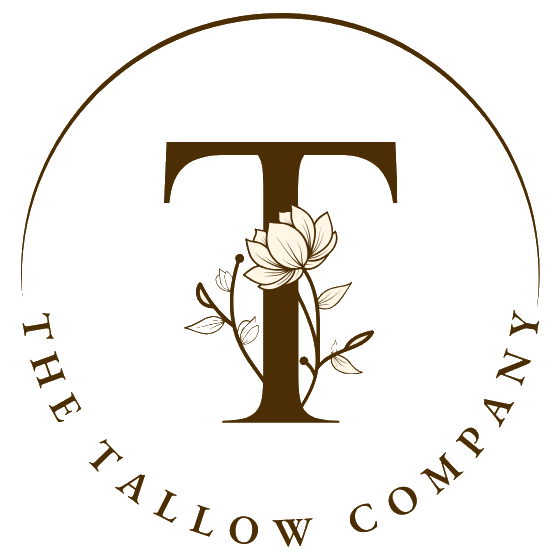Tallow Soap Recipe For Rosacea

If you've spent years watching your face turn red at the slightest provocation—whether from a warm cup of coffee, a stressful meeting, or even gentle skincare products that promise relief—you know the frustration of living with rosacea.
After watching my neighbor struggle with painful flare-ups despite trying every prescription cream and expensive serum, I developed this ultra-gentle tallow soap recipe that prioritizes skin barrier repair over harsh cleansing.
Here's what I've learned from years of making soap for sensitive skin: rosacea-prone skin needs the same fatty acids found naturally in healthy sebum, and grass-fed tallow delivers this in perfect harmony with your skin's needs.
Why This Recipe Works for Inflamed Skin
The science behind this formulation centers on tallow's remarkable similarity to human sebum—containing 50.4% saturated fatty acids and 46.3% monounsaturated fatty acids that mirror your skin's natural lipid profile. Research published in recent dermatology studies shows rosacea sufferers have compromised skin barriers with depleted long-chain fatty acids, exactly what this recipe replenishes.
- 8% superfat provides optimal gentleness while leaving beneficial oils in the finished bar for ongoing moisturization and barrier protection
- Conjugated linoleic acid (CLA) from grass-fed tallow reduces inflammatory markers IL-6 and TNF-α that drive rosacea flares
- Low processing temperature (120°F maximum) preserves heat-sensitive vitamins A, D, E, and K that support cellular repair
The Essential Ingredients
- Grass-fed beef tallow (60%): The foundation of gentle cleansing with identical fatty acids to healthy human skin, plus natural anti-inflammatory compounds that calm irritated tissue.
- Olive oil (15%): Provides additional oleic acid for deep moisturization and contains squalene, a compound naturally present in healthy skin sebum.
- Coconut oil (10%): Creates gentle lather without the harshness of commercial detergents, while lauric acid offers mild antimicrobial properties.
- Sweet almond oil (10%): Rich in vitamins E and B, this lightweight oil absorbs easily and provides additional skin barrier support.
- Castor oil (5%): Contributes to creamy, stable lather while adding ricinoleic acid, known for its anti-inflammatory properties.
Daily Use and Storage Tips
Start with every other day use to allow your skin to adjust, gradually increasing to daily if well-tolerated. Always follow with a gentle, fragrance-free moisturizer while skin is still damp to lock in hydration.
Store your cured bars in a cool, dry place away from direct sunlight—properly made tallow soap maintains effectiveness for 12-18 months. Avoid bathroom storage where humidity can soften the bar and reduce longevity.
